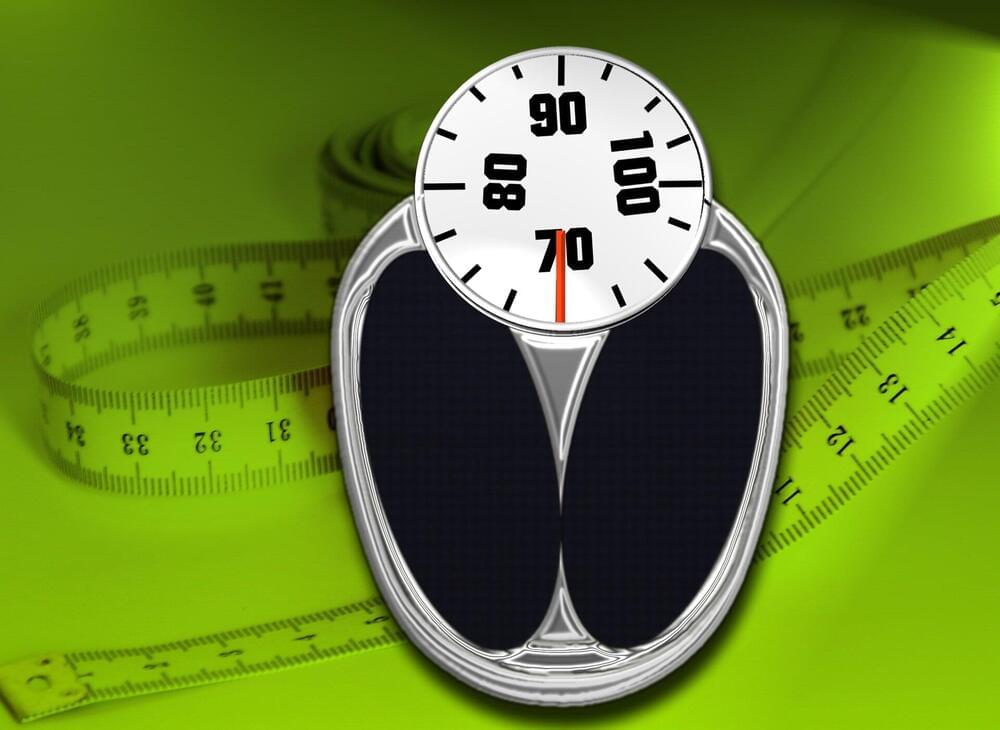A team led by Stanford Medicine researchers has mapped the human intestine down to the level of individual cells, revealing how neighborhoods of different cell types work together for healthy digestion.



Research on “micro-nature” — the incorporation of small, affordable natural elements into workplaces — demonstrates its positive impact on employee performance and well-being. Studies show exposure to nature at work boosted productivity, helpfulness, and creativity, with no evidence of negative effects. Recommendations include both real and artificial nature, extending beyond the office environment, utilizing underused spaces, and encouraging nature exposure outside work hours. The integration of nature in workplaces enhances overall business performance.
Page-utils class= article-utils—vertical hide-for-print data-js-target= page-utils data-id= tag: blogs.harvardbusiness.org, 2007/03/31:999.360409 data-title= Research: A Little Nature in the Office Boosts Morale and Productivity data-url=/2023/07/research-a-little-nature-in-the-office-boosts-morale-and-productivity data-topic= Workspaces design data-authors= Anthony Klotz; Shawn McClean; Pok Man Tang data-content-type= Digital Article data-content-image=/resources/images/article_assets/2023/07/Jul23_19_MaryHaasdykVooys-383x215.jpg data-summary=
Simple acts like adding flowers to the break room or landscaping the area outside employees’ windows can foster a healthier work environment.

Generative AI is gaining momentum across various sectors due to its potential to streamline workflows, automate creative processes and unlock new opportunities. From art and entertainment to healthcare and manufacturing, industries are recognizing its transformative capabilities.
It’s clear that generative AI is on the path to becoming a commodity. However, not all generative AI is the same, and it’s expected to split into two distinct categories: horizontal and vertical. Horizontal AI models, such as ChatGPT and Google Bard, are becoming increasingly ubiquitous—finding applications across various industries due to their generalized capabilities. On the other hand, vertical AI models are designed to be more specialized and tailored to specific industries—offering significant and more immediate ROI.
This distinction between horizontal and vertical AI models highlights the growing need for industry-specific solutions as businesses seek to leverage the power of AI to optimize their operations and unlock new opportunities for growth.

Children with food protein-induced allergic proctocolitis experienced impaired growth during their first year of life, but this resolves as the disease resolves, according to a study published in Annals of Allergy, Asthma & Immunology.
Meanwhile, children with IgE-mediated food allergy (IgE-FA) experienced impaired growth after age 1 year, Rachael Rosow, BA, clinical research coordinator for pediatric food allergy at Massachusetts General Hospital at the time of the study and now a medical student at Frank H. Netter M.D. School of Medicine at Quinnipiac University, and colleagues wrote.
The 804 children followed from birth through age 2 years in the study included 134 (17%) who developed food protein-induced allergic proctocolitis (FPIAP), 50 (6%) who developed an IgE-FA and 15 (2%) who developed both.

A novel PET perfusion radiotracer, 18 F-flurpiridaz, can diagnose coronary artery disease (CAD) in obese patients with a higher sensitivity and specificity compared to 99m Tc-SPECT myocardial perfusion imaging (MPI), according to research presented at the 2023 Society of Nuclear Medicine and Molecular Imaging Annual Meeting. 18 F-flurpiridaz PET MPI obtained images at a lower radiation dose than 99m Tc-SPECT MPI and performed similarly in both obese and non-obese patients.
Obese individuals frequently have medical conditions such as diabetes, high cholesterol, and high blood pressure that put them at higher risk of developing CAD. Due to these risk factors, imaging obese patients for CAD is very important.
“Due to their body shape, it’s often hard to image obese individuals,” said Krishna Patel, MD, assistant professor of medicine and cardiology at the Icahn School of Medicine at Mount Sinai in New York. “This can result in inferior image quality and diagnostic performance despite requiring a higher dose of radiation.”

“These findings suggest that primary care may be exerting a protective effect on postoperative morbidity and mortality,” wrote Sanford E. Roberts, MD, of the University of Pennsylvania in Philadelphia, and co-authors in JAMA Surgery.
Of note, Black patients with PCP exposure had similar adjusted odds of in-hospital mortality relative to patients with no PCP exposure (OR 1.09, 95% CI 0.75−1.57), while white patients with PCP exposure had a 21% decreased risk of in-hospital mortality compared with the same group (OR 0.79, 95% CI 0.70−0.90).
However, at 30, 60, 90, and 180 days post-surgery, both Black and white patients who had visited a PCP had significantly lower adjusted odds of mortality compared with those who had not seen a PCP, with no significant differences in the interactions between race and PCP exposure for mortality.


This is true. I’ve been missing photography and books. Too much YouTube even can give you a bit of depression and anxiety. I’m a YouTube addict I’ll admit.
Reducing social media usage by as little as 15 minutes per day can increase health and well-being, claims a new study published in the Journal of Technology in Behavioral Science. The findings indicate that a 15-minute reduction in social media usage has positive consequences for one’s social life, vitality, and health.
Research has shown that excessive social media use can lead to a range of negative outcomes, including increased feelings of loneliness, anxiety, and depression. Social media use has also been linked to poor sleep quality, decreased physical activity, and decreased face-to-face social interaction. These negative outcomes are particularly concerning given that young adults are among the heaviest social media users, with many spending several hours daily on social media platforms.
Despite the growing concern about the negative effects of social media use, there is limited research on the effectiveness of interventions aimed at reducing social media use. Previous studies have suggested reducing social media use can improve mental health outcomes. However, small sample sizes and reliance on self-reported measures of social media use and mental health outcomes have limited these studies.

Using artificial intelligence (AI) to combine data from full-body x-ray images and associated genomic data from more than 30,000 UK Biobank participants, a study by researchers at The University of Texas at Austin and New York Genome Center has helped to illuminate the genetic basis of human skeletal proportions, from shoulder width to leg length.
The findings also provide new insights into the evolution of the human skeletal form and its role in musculoskeletal disease, providing a window into our evolutionary past, and potentially allowing doctors to one day better predict patients’ risks of developing conditions such as back pain or arthritis in later life. The study also demonstrates the utility of using population-scale imaging data from biobanks to understand both disease-related and normal physical variation among humans.
“Our research is a powerful demonstration of the impact of AI in medicine, particularly when it comes to analyzing and quantifying imaging data, as well as integrating this information with health records and genetics rapidly and at large scale,” said Vagheesh Narasimhan, PhD, an assistant professor of integrative biology as well as statistics and data science, who led the multidisciplinary team of researchers, to provide the genetic map of skeletal proportions.

Autophagy biology has emerged as a ray of hope in addressing age-related diseases such as neurodegenerative disorders. Substantial effort in academia has been directed at advancing our understanding of the field and paving the way for ground-breaking therapies. But with genuine challenges in harnessing the power of autophagy and in developing effective therapies in this disease area, how close are we to really finding the first autophagy boosting drugs…?
The devastating impact of neurodegenerative diseases such as Parkinson’s, Alzheimer’s and amyotrophic lateral sclerosis (ALS), the most common form of Motor Neurone Disease (MND), cannot be overstated. According to the WHO, neurological diseases affect over a billion people globally and are the leading cause of disability and the second leading cause of death worldwide [1, 2]. Incidence is increasing too, predominantly driven by population growth and aging. And, with no prospect of a cure, people who develop these conditions face a bleak future.
Justifiably, this disease area has been the subject of intensive research for many years and there have been some breakthroughs along the way, possibly offering hope for the development of new therapies. However, translating scientific breakthroughs into viable drugs for patients has been enormously challenging.